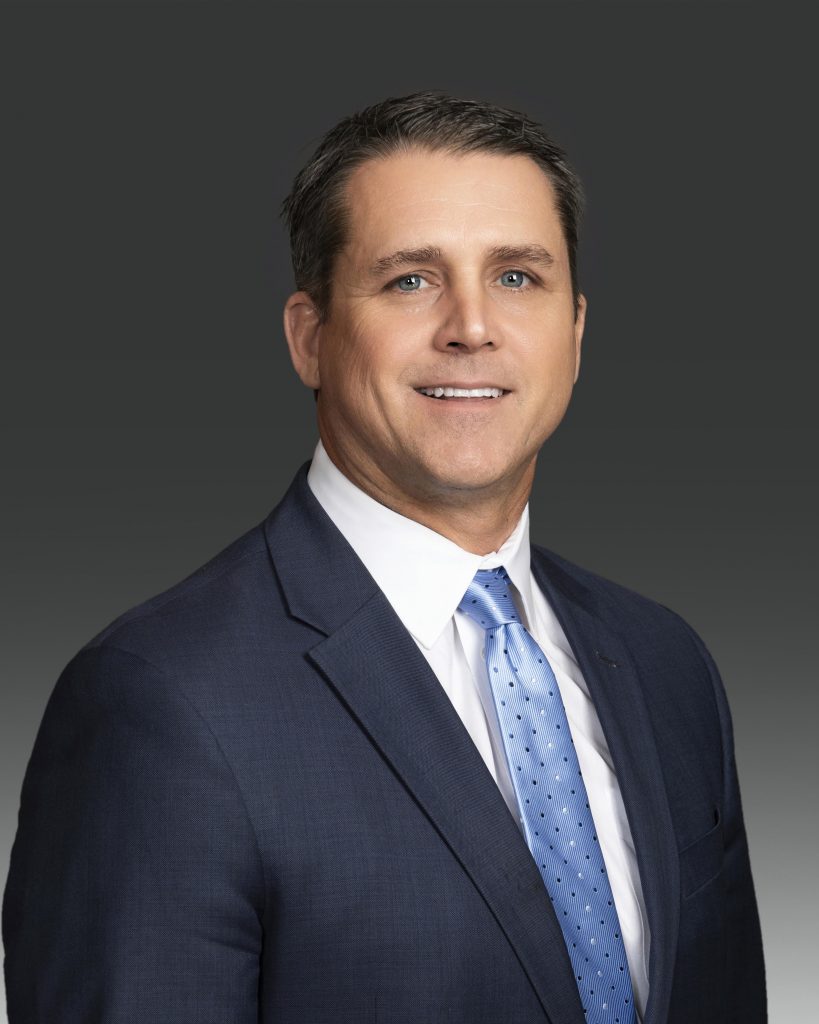Sponsored content:
Alex Goodpaster, MBA, will never forget the first weekend in April last year when he and his colleagues sprang into action to help small businesses stay afloat as the pandemic began to take hold.

“Equity Bank made a very vocal and visible commitment that we were going to be involved in the SBA’s Paycheck Protection Program and get our customers the money they needed to keep doors open and keep people employed as fast as we could,” says the VP of Commercial Lending at Equity Bank.
Now that the second round of PPP is underway, Goodpaster says the $4 billion, publicly traded Equity Bank—which operates in four states—is on track to receive as many applications as they did during the first round: more than 3,000.
Yet even with such a high response rate, Goodpaster worries that there might be small business owners who are intimidated by the PPP process or unsure of what they need to proceed with the application and required documentation. He recently sat down with IN Kansas City to share 5 key tips to help increase an applicant’s chance of success.

5 Steps to PPP Funding Success
1) Do you qualify? Small businesses with fewer than 500 employees are eligible to apply for the second round of PPP, including sole proprietors and non-profit organizations.
Goodpaster says it doesn’t matter if you applied for and received first-round PPP funding. If you didn’t, you may qualify for a first-draw loan. And if you did receive first-round funding, you can apply again, provided you meet the key qualification benchmark.
“You need to show that you suffered at least a 25% reduction in gross revenues in one quarter of 2020,” Goodpaster says. “That quarter will be compared to the same quarter in 2019 to confirm the percentage that your revenue decreased.”
He says most applications that he’s reviewed use the second quarter of 2020 because that’s when the damaging momentum of the pandemic began to take hold. Depending on your business, however, you might find that another quarter in 2020 proved more problematic—the holiday season, for example.

2) Ensure documents are in order: You’ll need several pieces of documentation, along with the application itself, in order to demonstrate your revenue reduction, including:
- Quarterly income statements
- Payroll processing records
- Balance sheet
- Industry-specific forms—IRS schedule C for self-employed applicants or schedule F for farmers, for example
A word of advice from Goodpaster: Don’t blanch at the lengthy PPP application.
“It’s multiple pages, but if you’re prepared with the proper financials, it’s pretty easy,” he says. “If you have a CPA or accountant, lean on them—that’s exactly why they’re there.”

3) Enlist help: If you’re stuck on a part of the application process, reach out for help to a financial institution like Equity Bank. You don’t have to be a current customer to receive assistance with the process.
“We have seven locations throughout the Kansas City metro, including our new headquarters in Overland Park,” Goodpaster says. “You can find a branch nearby so that one of our team members can walk you through the process.”
If you aren’t yet an Equity Bank customer and do receive PPP funding, Goodpaster says many people opt to open a new DDA account with the bank. They can create a cashier’s check or initiate a wire transfer, but that’s less common.

4) Understand spending restrictions: Should you receive PPP funding, you can’t immediately book an all-expenses trip to a beach for some much-needed R&R. Goodpaster says at least 60% of the funding should be used on payroll. The remaining amount can assist with non-payroll business expenses, including rent or utilities.
“The idea behind the stimulus payments is to keep people employed and the doors open,” he says.
5) Act now: If you qualify for PPP funding, don’t wait to apply. There’s not a deadline, but when the allocated $284 billion is gone, the loan applications will cease.
Even if you simply want more information, the next step is to visit www.EquityBank.com. You’ll see a banner at the top of the screen with more information on economic impact payments—there, you can see frequently asked questions and contact the bank. And just remember: Goodpaster and the entire team at Equity Bank are eager to help small business owners.
“It’s important for us, as a bank, to serve the communities that we’re in,” he says. “That’s what drives what we’re doing and our heavy involvement throughout the PPP process.”
Too many people have likely felt isolated throughout the pandemic. It’s good to know that, in this instance, you’ve got someone in your corner.


